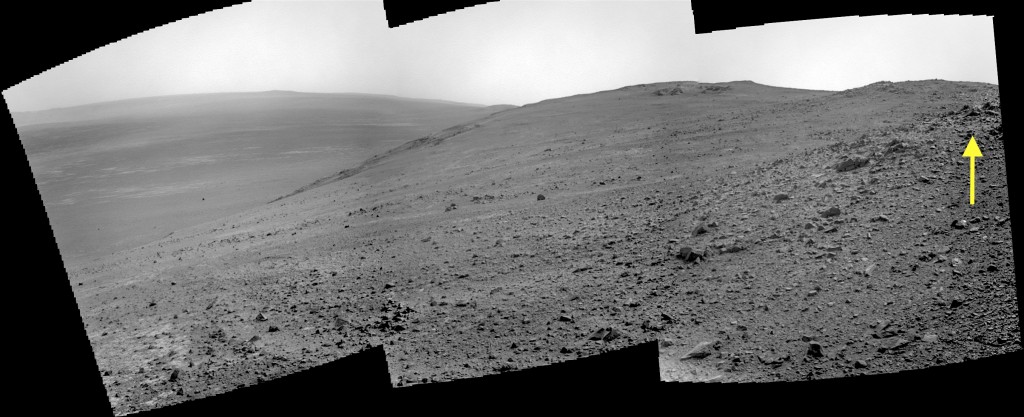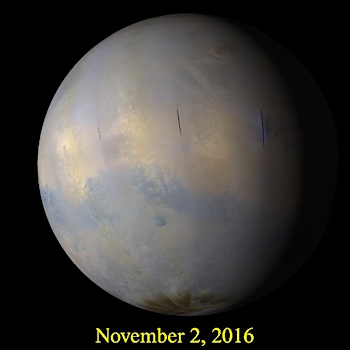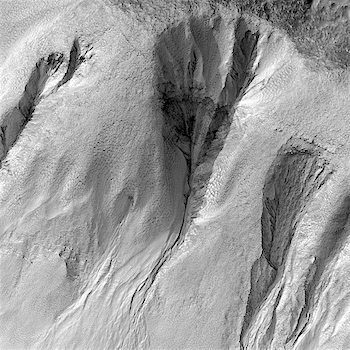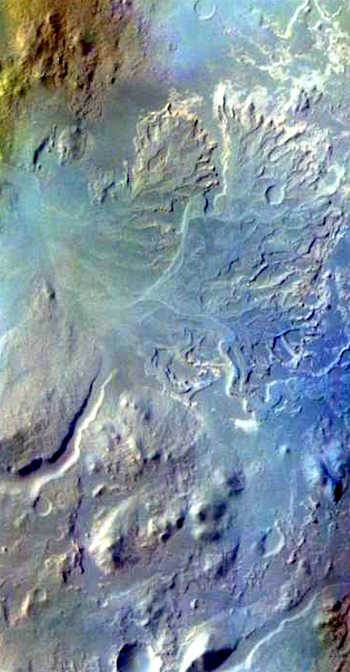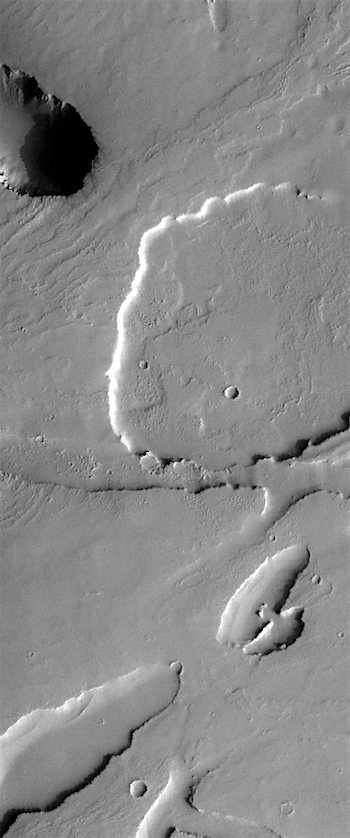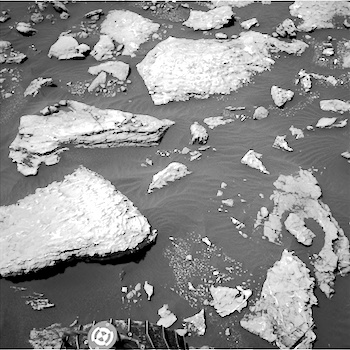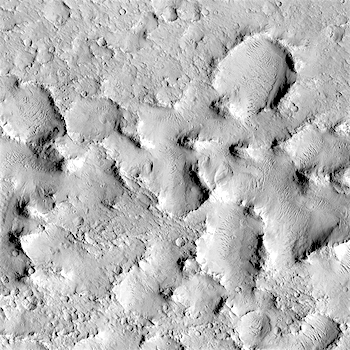 As anyone who’s flown on an airplane can attest to, in Earth’s atmosphere, turbulence is everywhere. On sunny days, pockets of hot air churn up through the sky. Mountains act like rocks in rivers of air, leaving swirling eddies downwind. And high above, air currents shed vortices as they race around the Earth.
As anyone who’s flown on an airplane can attest to, in Earth’s atmosphere, turbulence is everywhere. On sunny days, pockets of hot air churn up through the sky. Mountains act like rocks in rivers of air, leaving swirling eddies downwind. And high above, air currents shed vortices as they race around the Earth.
We accept this behavior as normal, albeit annoying when trying to sip weak drinks at 35,000 feet. Turbulence is a general property of gases and liquids that occurs when they are strongly stirred, and it is expected to be present in all planetary atmospheres: in the case of Earth and Mars, at scales greater than about 1 millimeter and 1 centimeter, respectively. Below this, the atmospheres are like molasses, so smaller whirls don’t exist.
Until now, scientists have concentrated on understanding the ways that solar energy stirs terrestrial and Martian atmospheres, focusing on structures that cover thousands of kilometers or more in size; they have neglected the scales from this size down to the dissipation scale. Theorists have proposed that over these scales the atmospheres should follow statistical (turbulent) laws that are not sensitive to the details of the stirring mechanism. Until now, we have been able to quantify these laws only on Earth. But to fully verify the the roles that these scales play, we need a new point of comparison.
Now a new study [published in the Journal of Geophysical Research by Wilbur Chen and co-authors] reports that the properties of turbulence in Mars’s atmosphere are remarkably similar to Earth’s. [More at links]









